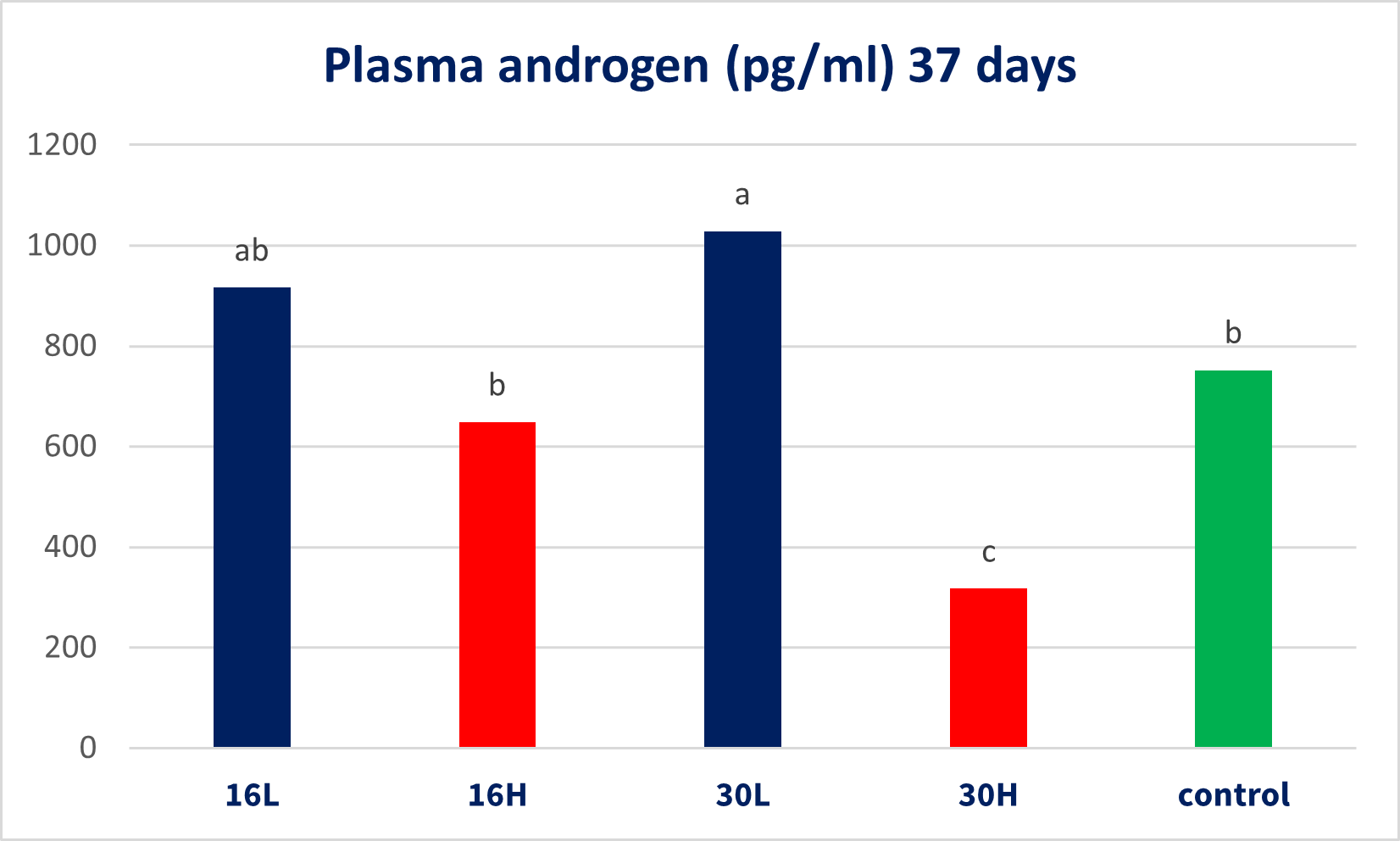Over the last few years, the management of male breeders has acquired increased importance. Despite representing 10-12% of the farm population, males account for 50% of the fertility. Lighting, bodyweight and nutrition have been demonstrated to have a key impact on male fertility, but other challenges that represent a hazard to the bird’s health may also have an impact on this performance parameter.
In this blog, we will be looking at an article1 about the effects of coccidiosis on Japanese quail fertility rates.
Coccidiosis on fertility development
The coccidia used for the challenge were a culture of Eimeria uzura originally isolated from commercially raised quail and maintained at the Protozoan Diseases Laboratory. Inoculation dosages were based on the number of sporulated oocysts given orally to each quail and designated high (H) dose (5 x 105 oocysts) or low (L) dose (5 x 103 oocysts).
The quail were weighed and inoculated either before sexual maturation (16 days) or during sexual maturation (30 days). Straight-run quail were inoculated at 16 days of age; only male quail were inoculated at 30 days. Uninoculated control males were also used in both experiments.
The male quail were inoculated with either high or low doses at 16 and 30 weeks to give 16L, 16H, 30L, and 30H male treatments. The effects on subsequent testes weight, androgen levels and fertility were then measured.
Fertility rates after avian coccidiosis inoculation
Bodyweights of males given a high dose challenge (16H and 30H) were depressed during the first week, with a greater effect on the males inoculated at 16 days. Three weeks after the challenge there was no effect on bodyweight in any group.
Wet testes weight was reduced at 37 days in groups given the high dose (16H and 30H), but this difference was no longer observed at 51 days.
The low-dose groups (16L and 30L) had a higher rate of males with plasma[AB1] androgen levels than high-dose groups (16H and 30H). Androgen levels remained slightly depressed at 51 days.
Fertility rates were only compared in the high dose males. In both challenged groups, fertility was reduced for the first week of lay, especially in the 30H male group, but by the third week of lay, this reduction was no longer present.
Avian Coccidiosis effects on reproductive development
In conclusion, coccidiosis before sexual maturation has short-term as well as long-term effects on reproductive development, impacting testes development and fertility rates at the onset of lay. The timing and the severity of the infection influence the extent of the effect and the length of time required to resume “normal” function.
extent of the effect and the length of time required to resume “normal” function. Transferring this to field level, it is paramount to induce a proper coccidiosis immunity without impacting on the welfare of the birds. This can be achieved with vaccinal oocysts attenuated by precociousness vaccines, that stimulate an early cellular immune response by fewer schizogony cycles.
BIBLIOGRAPHY
- Ruff, M. D., Nabi, M. A. A., Clarke, R. N., Mobarak, M., & Ottinger, M. A. (1988). Effect of Coccidiosis on Reproductive Maturation of Male Japanese Quail. Avian Diseases, 32(1), 41.








